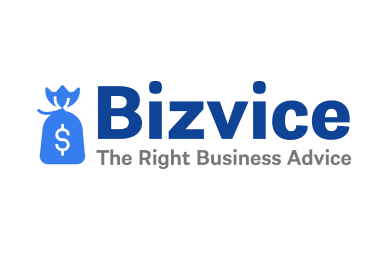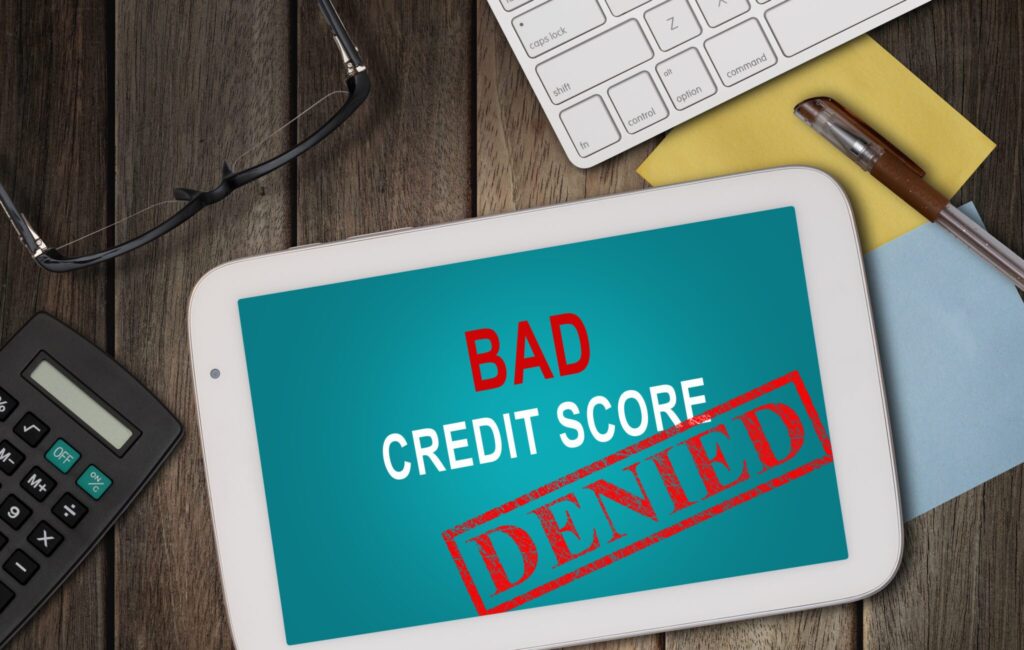A business line of credit (LOC) is a popular, flexible financing option that allows businesses to access a revolving pool of funds, which can be used for a variety of purposes like managing cash flow, covering unexpected expenses, purchasing inventory, or even funding growth opportunities. This credit product operates similarly to a credit card, offering businesses a set credit limit that they can draw from as needed. Importantly, businesses only pay interest on the funds they borrow, not the entire available credit.
Whether you’re a small business owner or an entrepreneur, a business line of credit can offer a financial safety net that’s designed to be more flexible than traditional loans. In this guide, we will explore what a business line of credit is, how it works, and how it differs from other popular lending products available to businesses.

Key Features of a Business Line of Credit
- Revolving Credit and Flexibility: One of the most significant advantages of a business line of credit is its revolving nature. This means that after borrowing from your line of credit, you can pay down the balance and borrow again, as long as you don’t exceed your credit limit. This revolving feature offers businesses ongoing access to funds, making it ideal for covering short-term expenses or emergencies that may arise at any time.
- Access to Funds When Needed: Once your business is approved for a line of credit, you can access the funds at any time, making it a great solution for fluctuating cash flow or unexpected costs. The process is simple: when your business needs capital, you can withdraw from your available credit limit, and when funds are available, you can pay back the balance.
- Lower Interest Rates (Compared to Alternatives): Business lines of credit tend to offer lower interest rates than other types of financing, such as merchant cash advances or business credit cards, making them a more affordable borrowing option for businesses that need regular access to capital. Additionally, interest is only charged on the amount borrowed, not on the entire available credit.
- Flexible Repayment Terms: Unlike traditional loans with fixed monthly payments, the repayment terms for a business line of credit are more flexible. Businesses only need to make minimum monthly payments based on the outstanding balance, and can choose to repay more quickly to reduce interest charges. This flexibility helps businesses maintain control over their cash flow and repayment schedule.
- Secured vs. Unsecured Credit Lines: Business lines of credit can be either secured or unsecured. A secured line of credit requires the business to pledge collateral, such as property, inventory, or receivables. In contrast, an unsecured line of credit doesn’t require collateral but usually comes with higher interest rates due to the increased risk for the lender.
How Does a Business Line of Credit Work?
The application process for a business line of credit is relatively straightforward. To qualify, businesses typically need to meet certain criteria such as a minimum credit score, stable revenue, and time in business. Once approved, businesses receive a line of credit with a set limit, and they can withdraw funds as needed.
Repayment is flexible—businesses can make minimum payments, but they are encouraged to pay down the borrowed amount as quickly as possible to reduce interest charges. Since the line of credit is revolving, once the balance is paid down, the business can borrow again, maintaining access to cash for ongoing needs.

When Should Your Business Use a Line of Credit?
A business line of credit is an ideal financing tool for businesses that experience seasonal revenue fluctuations, need working capital to cover everyday operational expenses, or encounter unexpected costs that require quick access to funds. Below are some of the most common scenarios when a business might use a line of credit:
- Cash Flow Management: A line of credit helps manage cash flow gaps, ensuring that the business can continue operations smoothly even during periods of slow sales or high expenses.
- Emergency Funding: Businesses may use a line of credit to cover unforeseen costs, such as emergency repairs, unexpected inventory needs, or unplanned staffing expenses.
- Purchasing Inventory: Seasonal businesses that need to stock up on inventory ahead of peak demand can use a line of credit to make large purchases without disrupting their cash flow.
- Growth and Expansion: If your business is ready to expand or take on new projects, a line of credit can be used for investment in new opportunities, such as hiring more staff, increasing marketing efforts, or opening new locations.

Business Line of Credit vs. Other Lending Products: What Sets It Apart?
A business line of credit offers unique advantages when compared to other common business lending products. Here’s how it stacks up against other types of financing options:
1. Business Term Loans vs. Business Line of Credit:
- Loan Structure: A business term loan provides a lump sum of money that must be repaid in fixed installments over a set term. In contrast, a business line of credit offers ongoing access to funds up to a predetermined credit limit, with the flexibility to borrow and repay multiple times.
- Repayment Terms: Business term loans come with fixed monthly payments, while a business line of credit allows for more flexible repayments based on the amount borrowed.
- Use Case: Term loans are ideal for long-term, large expenses, such as buying equipment or expanding your business, while lines of credit are best for short-term working capital needs or handling cash flow fluctuations.
2. Merchant Cash Advances (MCA) vs. Business Line of Credit:
- Repayment Structure: An MCA is repaid by taking a fixed percentage of daily credit card sales, making repayment tied to revenue. A business line of credit, however, allows you to repay based on your cash flow, offering more control over payments.
- Interest and Costs: MCAs often come with high fees and APRs that can be much higher than traditional financing options. In comparison, business lines of credit typically have lower interest rates, especially if they are unsecured, and provide more predictable repayment terms.
- Use Case: MCAs are typically used by businesses that have strong credit card sales but need fast cash. A business line of credit, on the other hand, is better suited for businesses that need ongoing, flexible access to capital without tying repayments to daily sales.
3. Business Credit Cards vs. Business Line of Credit:
- Credit Limit and Interest Rates: While business credit cards offer a revolving credit line similar to business lines of credit, they generally have lower credit limits and higher interest rates. Business lines of credit typically offer larger credit limits and lower interest rates, making them more suitable for growing businesses with larger funding needs.
- Repayment Flexibility: Both credit cards and lines of credit offer flexible repayment, but business credit cards often have less favorable terms and fewer options for making large withdrawals, especially for major business expenses.
- Use Case: Business credit cards are excellent for smaller, day-to-day purchases, such as office supplies or travel expenses, while a business line of credit is better for larger, more significant financial needs or ongoing working capital management.
4. Invoice Financing vs. Business Line of Credit:
- Collateral Requirements: Invoice financing is based on outstanding invoices and works by advancing funds against the value of those receivables. A business line of credit is typically based on your overall financial health or creditworthiness, not on specific assets.
- Repayment Structure: With invoice financing, repayment occurs when the customer settles the invoice. With a line of credit, you repay the borrowed amount based on your cash flow and financial situation, providing more flexibility.
- Use Case: Invoice financing is beneficial for businesses with a lot of outstanding invoices that need immediate cash, while a business line of credit is ideal for businesses seeking flexible, ongoing access to working capital.

Conclusion: Why a Business Line of Credit Is a Smart Choice for Your Business
A business line of credit provides a flexible, cost-effective way for businesses to manage cash flow, cover unexpected expenses, and seize growth opportunities. It differs from other financing products like term loans, merchant cash advances, and business credit cards in terms of repayment flexibility, interest rates, and overall access to funds.
If your business needs a reliable source of capital that offers ongoing access to funds, a business line of credit can be a powerful tool in your financial toolkit. To get the most out of your line of credit, be sure to compare lenders, understand the terms and fees, and use it wisely to help your business grow and thrive.




 Pros
Pros
 Cons
Cons
 Funding Options
Funding Options








